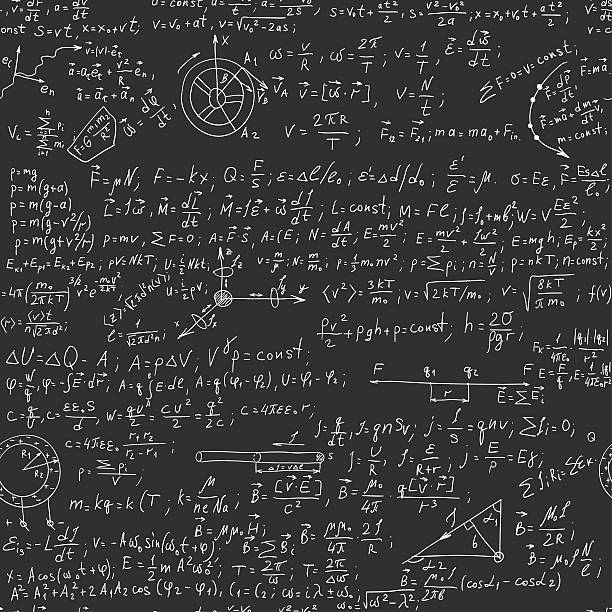Introduction
In the realm of physics and motion analysis, SUVAT equations serve as powerful tools for understanding and quantifying the relationships between displacement, velocity, acceleration, and time. In this article, we will explore the fundamentals of SUVAT equations, their applications, and how they can be utilized to solve problems related to motion. Whether you’re a student, professional, or simply curious about physics, this guide aims to provide you with a clear understanding of SUVAT equations.
Understanding the Basics
a. Displacement (s): Displacement refers to the change in position of an object in a given direction. It is typically represented by the symbol “S” and measured in meters (m). Displacement can be positive, negative, or zero, depending on the direction of motion.
b. Initial Velocity (u): Initial velocity represents the speed and direction of an object at the beginning of a motion. It is denoted by “u” and measured in meters per second (m/s).
c. Final Velocity (v): Final velocity is the speed and direction of an object at a specific point in time. It is symbolized by “v” and measured in meters per second (m/s).
d. Acceleration (a): Acceleration refers to the rate of change of velocity over time. It is denoted by “a” and measured in meters per second squared (m/s2).
e. Time (t): Time represents the duration of motion or the interval between two events. It is typically represented by the symbol “t” and measured in seconds (s).
SUVAT Equations
The SUVAT equations are a set of equations that relate the variables of displacement (s), initial velocity (u), final velocity (v), acceleration (a), and time (t). These equations are derived from the principles of kinematics and are essential for analysing various types of motion.
a. Equation 1: v = u + at
This equation relates the final velocity (v) to the initial velocity (u), acceleration (a), and time (t). It shows how the velocity of an object changes over time when subjected to a constant acceleration.
b. Equation 2: s = ut + ½at2
This equation calculates the displacement (s) of an object given the initial velocity (u), time (t), and constant acceleration (a). It is particularly useful when the final velocity is unknown.
c. Equation 3: v2 = u2 + 2as
This equation provides a relationship between the final velocity (v), initial velocity (u), displacement (s), and acceleration (a). It allows for the determination of final velocity when the time is unknown.
d. Equation 4: s = ½(u + v)t
This equation calculates the displacement (s) of an object based on the average velocity (u + v)/2 and time (t). It is used when the acceleration is zero or when the average velocity is known.
Applying SUVAT Equations
SUVAT equations are invaluable in solving a wide range of motion-related problems, such as calculating the distance travelled, determining the time taken to reach a certain velocity, or analysing the effects of acceleration on displacement.
a. Example 1: Finding Displacement
Given the initial velocity (u), acceleration (a), and time (t), we can use Equation 2 (s = ut + ½at2) to calculate the displacement (s) of an object over a specific period.
b. Example 2: Determining Final Velocity
Using Equation 3 (v2 = u2 + 2as), we can find the final velocity (v) of an object when the initial velocity (u), displacement (s), and acceleration (a) are known.
c. Example 3: Calculating Time
If we have the initial velocity (u), final velocity (v), and acceleration (a), we can utilize Equation 1 (v = u + at) to determine the time (t) taken for the object to reach its final velocity.
By applying these equations to real-world scenarios, engineers, physicists, and researchers can analyse and predict the motion of objects, ranging from projectiles to vehicles and celestial bodies.
Tips for Solving SUVAT Problems
To effectively solve problems involving SUVAT equations, consider the following tips:
a. Clearly define the known and unknown variables: Identify what information is given and what needs to be determined to select the appropriate equation.
b. Consistency of units: Ensure that all units are consistent throughout the problem to avoid errors. Convert units if necessary.
c. Pay attention to the direction: Be mindful of the positive and negative signs when dealing with displacement and velocities in different directions.
d. Utilize multiple equations: In complex scenarios, you may need to use multiple SUVAT equations in combination to solve the problem.
e. Practice and familiarize yourself with different scenarios: The more you practice applying SUVAT equations to various scenarios, the better you will become at problem-solving.
Conclusion
SUVAT equations provide a powerful framework for analysing and quantifying motion in physics. By understanding and utilizing these equations, you can accurately determine displacements, velocities, accelerations, and time intervals in a wide range of scenarios. Whether you’re a student, professional, or simply curious about motion analysis, mastering SUVAT equations is essential for developing a strong foundation in physics. Remember to identify the known variables, choose the appropriate equation, and apply the principles consistently to solve problems effectively.



